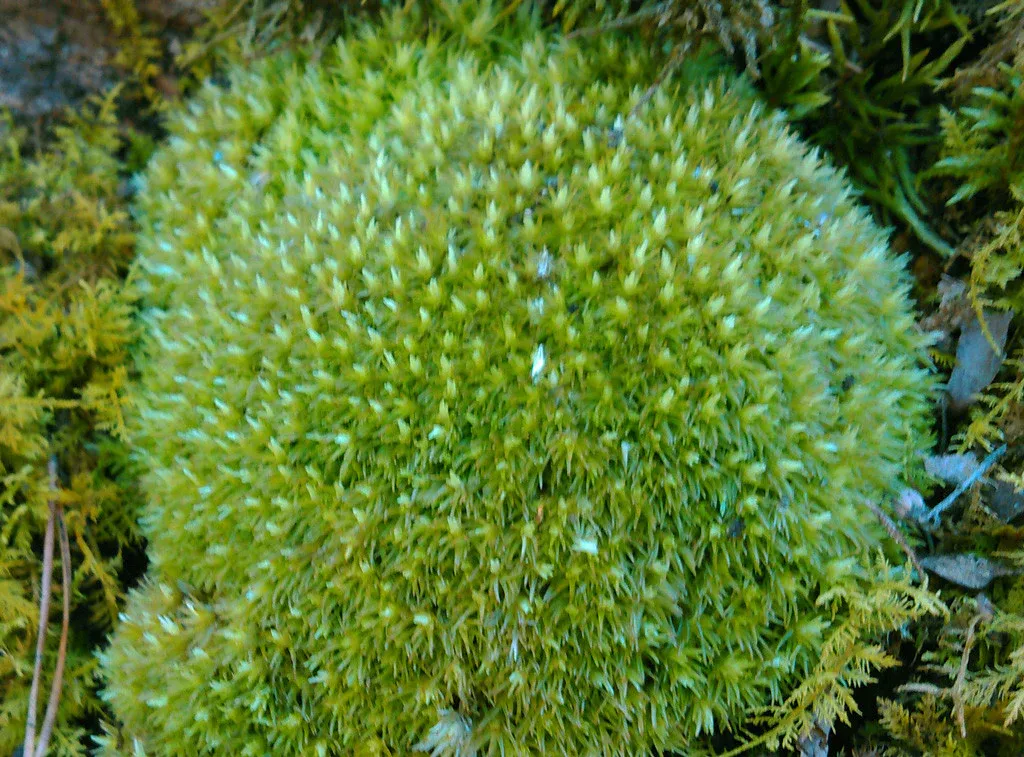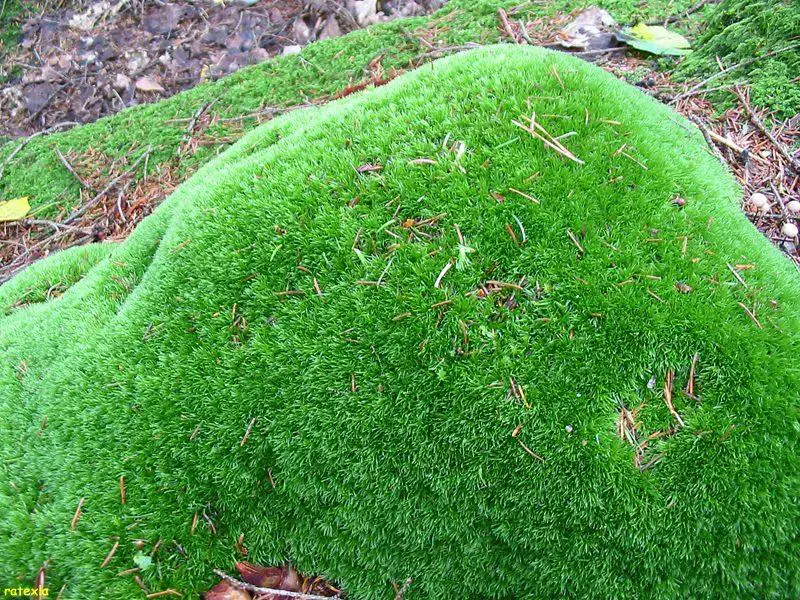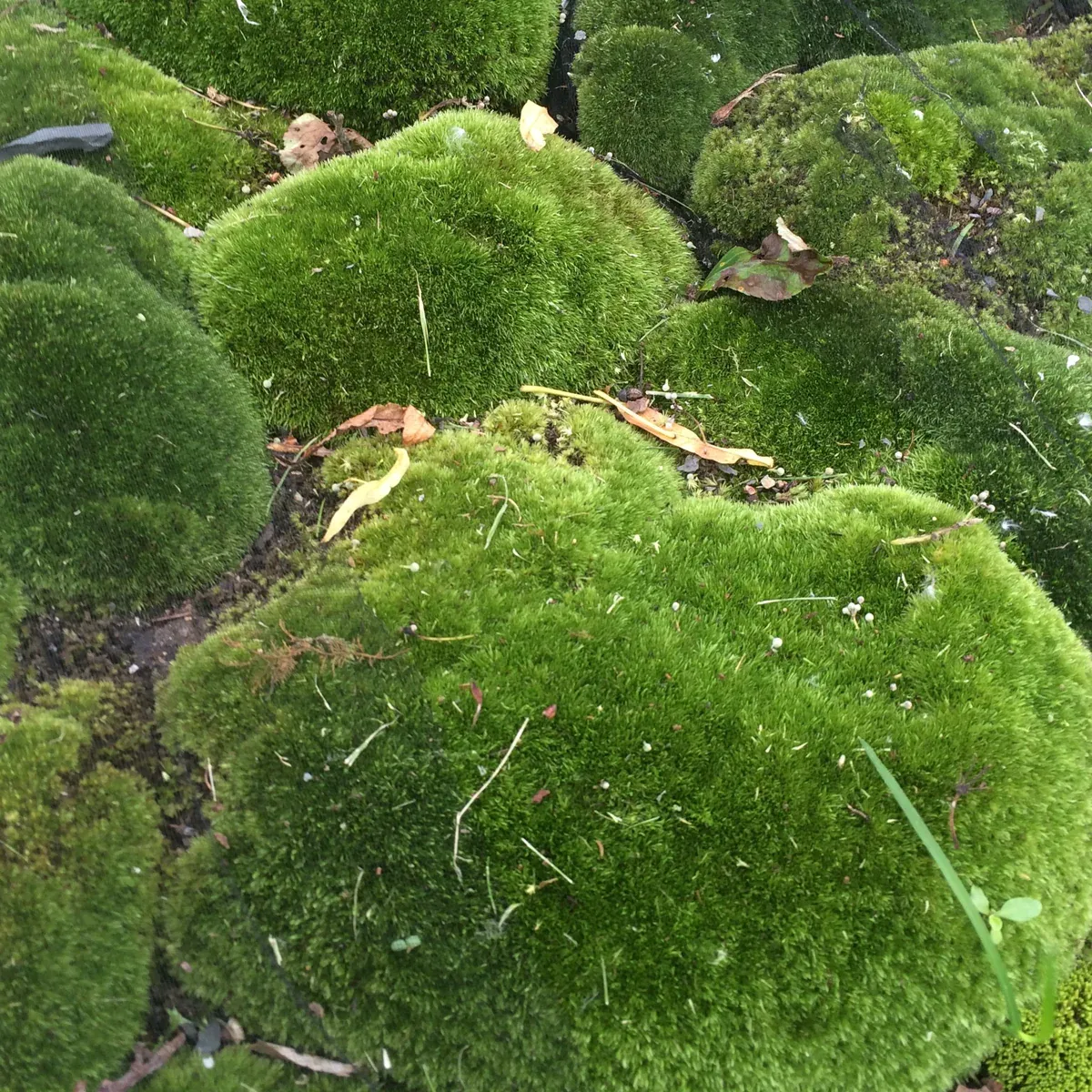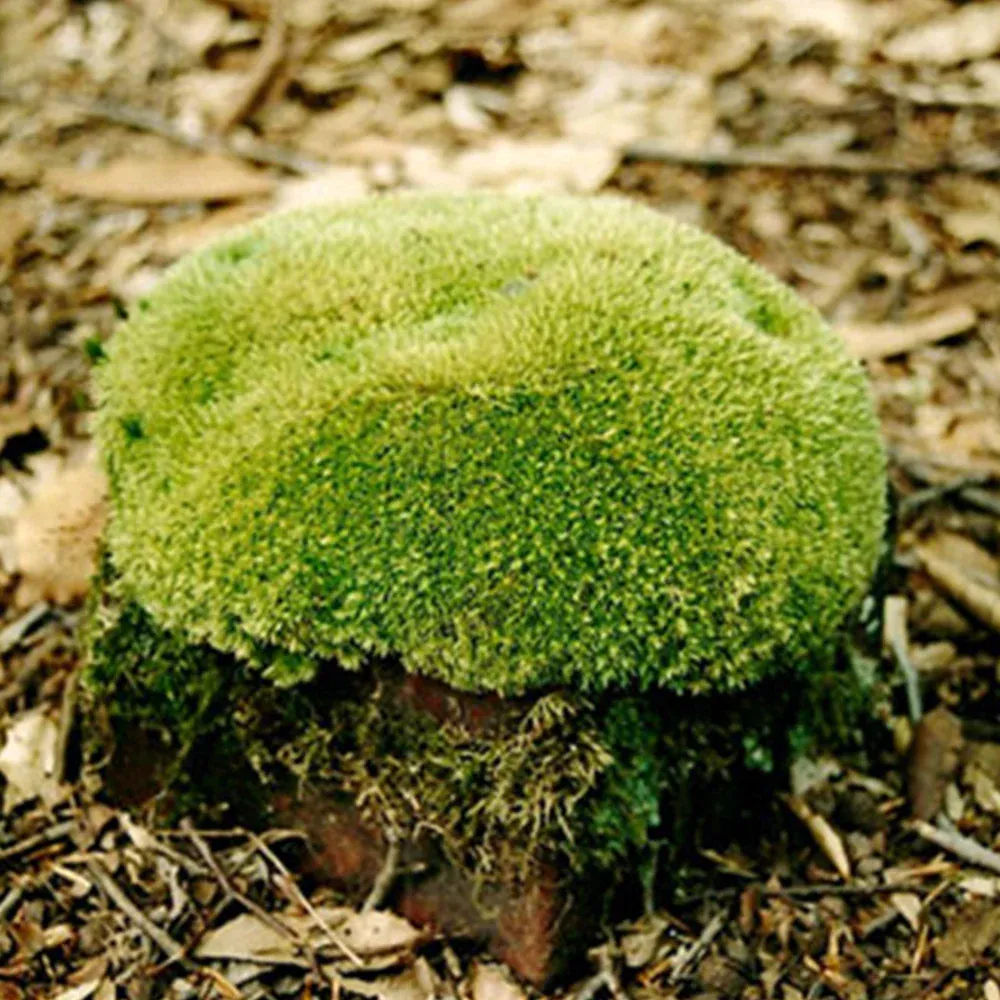
MountainMoss_Leucobryum_glaucum.jpg from: https://www.mountainmoss.com/collections/moss-trays/products/leucobryum
Exploring the Fascinating World of Leucobryum humillimum Cardot Moss

3576885972_6af80846b4_c.jpg from: https://terrariumcreations.com/leucobryum-glaucum-moss-in-terrariums-care-guide-to-help-your-moss-thrive/
Introduction
Mosses are often overlooked, but they play crucial roles in ecosystems around the world. One particularly interesting species is Leucobryum humillimum Cardot, a moss in the Leucobryaceae family. In this blog post, we’ll dive into the details of this fascinating plant.
Background

mossgarden07.10.2015_21_1200x1200.jpg from: https://mossacres.com/products/cushion-moss-clumps
Leucobryum humillimum Cardot is a species of moss first described by French botanist Jules Cardot in 1909. It belongs to the

cushion-moss-clump-1000sq_1024x1024@2x.jpg from: https://mossacres.com/collections/mosses-for-shade/products/cushion-moss-clumps
Leucobryaceae family, which contains around 175 species worldwide. The name “Leucobryum” comes from the Greek words “leukos” meaning white and “bryon” meaning moss, referring to the pale color of the leaves.
Morphology and Identification
L. humillimum forms dense, cushion-like tufts that are pale green to whitish in color. The individual plants are small, typically only 2-5 mm tall. The leaves are lanceolate (lance-shaped) and have a characteristic white, glossy appearance due to the presence of special hyaline cells that help with water storage.
The leaves also have a strong midrib (costa) that extends to the leaf tip. Under a microscope, cross-sections of the leaves reveal 2-3 layers of hyaline cells surrounding the central chlorophyllose cells.
Global Distribution and Habitat
L. humillimum has a wide distribution, being found in tropical and subtropical regions of Asia, Africa, Australia, and the Pacific Islands. It typically grows on soil, rocks, or tree trunks in humid forests at low to middle elevations (0-2000 m).
Some countries/regions where L. humillimum has been recorded include:
| Continent | Countries/Regions |
|---|---|
| Asia | China, Japan, Taiwan, Philippines, Malaysia, Indonesia |
| Africa | Madagascar, Réunion, Mauritius |
| Australia | Eastern Australia, Lord Howe Island |
| Pacific | Hawaii, Fiji, Samoa, Tahiti |
Ecological Roles and Adaptations
Like other mosses, L. humillimum plays important ecological roles:
Nutrient cycling: Mosses trap and retain nutrients, releasing them slowly over time. This helps maintain soil fertility.
Water retention: The hyaline cells in the leaves allow L. humillimum to absorb and retain water like a sponge. This helps the moss survive dry periods and regulates moisture in its immediate environment.
Habitat for microorganisms: The dense tufts provide microhabitats for various invertebrates, fungi, and algae, supporting biodiversity.
Erosion control: By carpeting the soil surface, mosses like L. humillimum help stabilize the soil and prevent erosion.
Conclusion
Leucobryum humillimum Cardot may be small, but it is a remarkable moss with unique adaptations and important ecological functions. Next time you’re in a humid forest, keep an eye out for this pale, cushiony moss – it’s just one of the many amazing bryophytes that make up the world’s ecosystems! What other overlooked plants have you discovered?